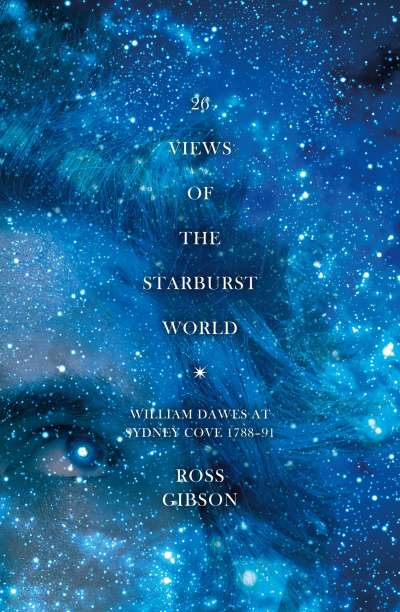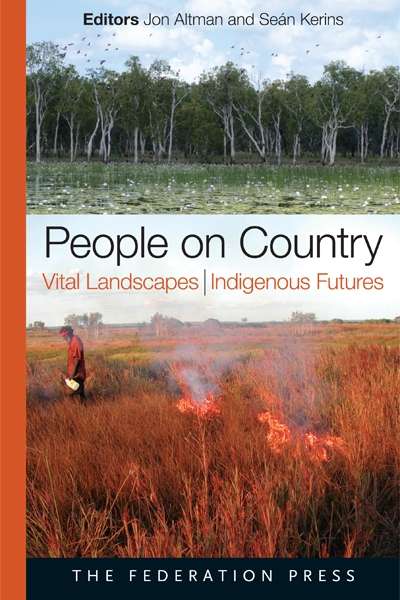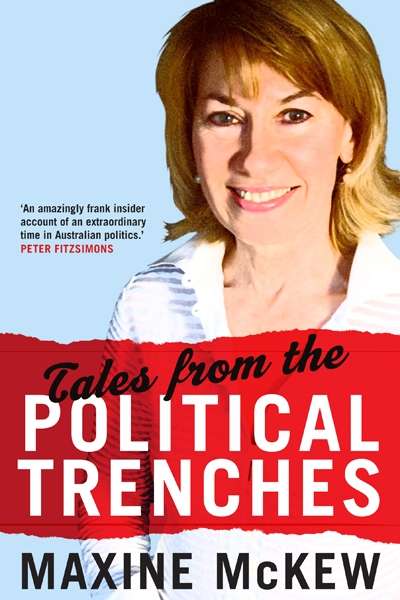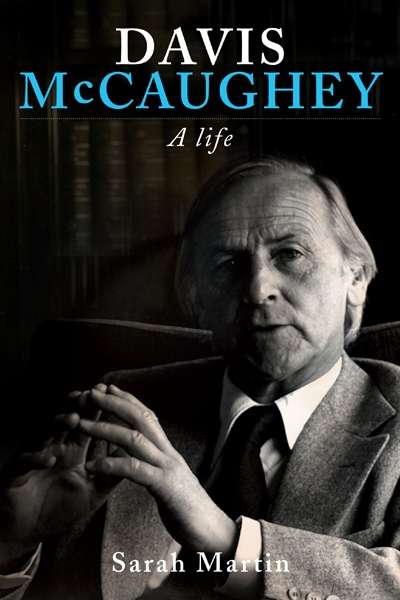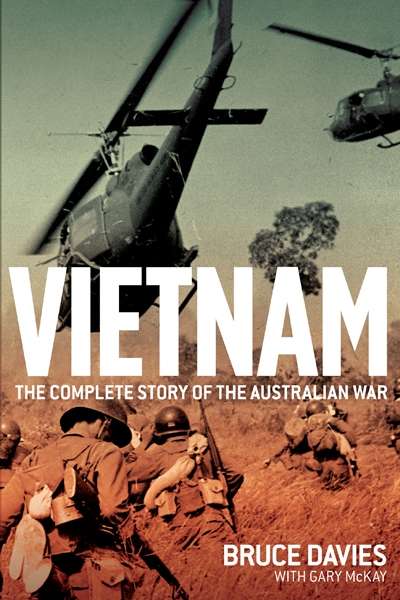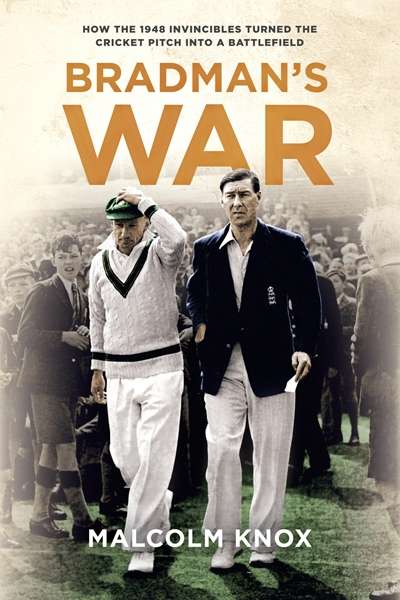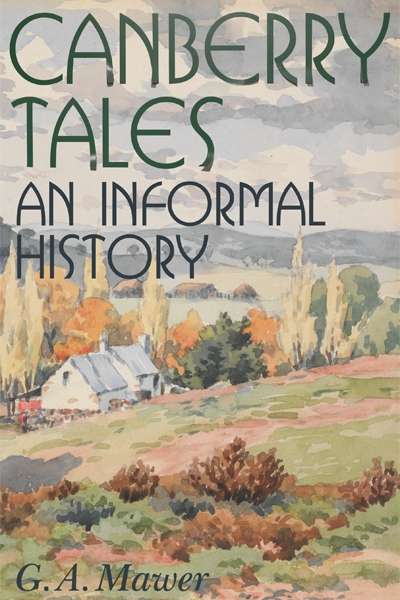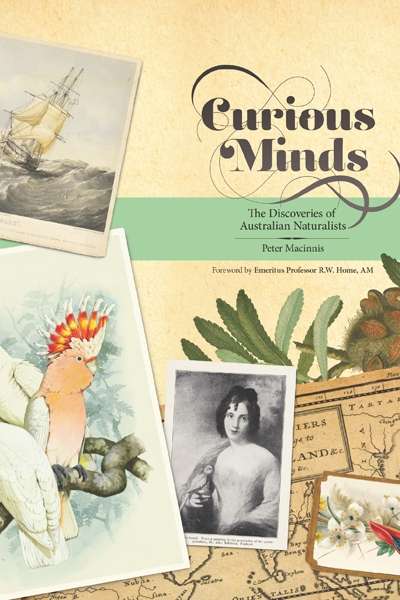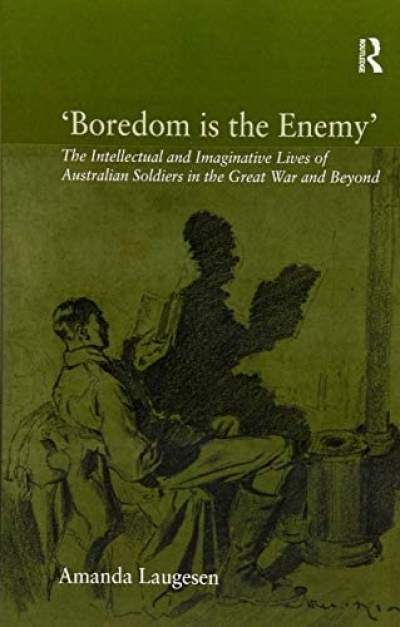Australian History
26 Views of the Starburst World: William Dawes at Sydney Cove 1788–91 by Ross Gibson
Words matter, and there can be few more misleading ones in Australian history than ‘settlement’, as used to describe the period immediately following the arrival of the First Fleet. It connotes understanding and agreement. In Sydney Cove, by contrast, five distinct groups were present: Governor Phillip and his immediate entourage; naval vessels and their crews; a detachment of Royal Marines; a group of convicts; and the Indigenous people of the area whose home it had been for tens of thousands of years – all of them at some stage profoundly misunderstanding each other and often in major disagreement or conflict; all of them decidedly unsettled.
... (read more)People on Country: Vital Landscapes, Indigenous Futures edited by Jon Altman and Seán Kerins
Over the last few years, issues associated with underdevelopment in Aboriginal Australia have been widely canvassed in the mainstream press, led by the likes of Noel Pearson, Marcia Langton, and Peter Sutton. This new edited volume adopts a somewhat different approach to Aboriginal development, focusing on Indigenous involvement in natural resource management around Australia.
... (read more)Tales from the Political Trenches by Maxine McKew
By its title, Tales from the Political Trenches promises reportage from the front line, eyewitness accounts of what really happens in the hidden zones of the political battlefield. The tales told here follow a rollercoaster sequence of political events: the meteoric rise of Kevin Rudd, Maxine McKew’s triumph over ...
... (read more)Davis McCaughey: A Life by Sarah Martin
State governors hold a curious role across Australia, one that will be called into question when – one of these fine days, but none too soon – our nation becomes a republic. There will be lots of fine-tuning to be done before that, from the roles of Her Majesty’s representatives here all the way down to Royal Park, Royal Melbourne Golf Club, and the RACV. But this book is the biography of a state governor, one who was also an influential minister of religion, among other things. Above all, he was Master of Ormond College, at Melbourne University.
... (read more)Vietnam: The Complete Story of the Australian War by Bruce Davies with Gary McKay
Writing a book on a large, multifaceted, and complex historical subject on which there is a vast amount of source material is a little like sculpting a substantial yet elegant statue from marble. In this case, the sculpting process is far from complete. A potentially valuable book remains submerged within this long and inadequately edited volume. A clue to the problem lies in the subtitle, which asserts that the book is ‘the complete story of the Australian war’. There is, of course, no such thing as a complete history: even the longest multi-volume histories must decide what to exclude.
... (read more)Bradman’s War: How the 1948 Invincibles Turned the Cricket Pitch into a Battlefield by Malcolm Knox
At last, new Bradman territory to be conquered: the Don 1939–45 or, if we discount the ‘phoney war’ (‘Business as Usual’, as Robert Menzies said of that first phase in World War II), perhaps 1941–45. I imagined a slim volume. Not so! Instead, there is a catch to the subtitle of Bradman’s War: How the 1948 Invincibles Turned the Cricket Pitch into a Battlefield, which indicates that we will be on more familiar terrain.‘More familiar’ because this book is an attempt at revisionist history. Questioning the Bradman idolatry and the invincibility of the Invincibles is a suitable aim. However, the main task for the revisionist historian is to provide either fresh new evidence or a powerful reinterpretation of existing evidence as part of formulating a balanced argument: Malcolm Knox does neither.
... (read more)Sydney by Julia Horne and Geoffrey Sherington & From New Left to Factional Left by Alan Barcan
When I became an adjunct professor at the University of Sydney in 2004, I knew nothing of its history, and little of the ideological battles that had taken place there. These two books provide a rich narrative of both, and made me appreciate the privilege I have, even as a marginal player, in belonging to such a significant institution.
... (read more)Canberry Tales: An Informal History by Granville Allen Mawer
I n 2013, Australians will celebrate the centenary of modern Canberra. This singular anniversary – intensely local but also emphatically national – commemorates not the actual building of the capital (that process was fraught and would not gather pace until the 1920s), but rather the optimistic laying on 12 March 1913 of three foundation stones for the grandiosely named Commencement Column on Capital Hill where the Australian Parliament, seat of our increasingly raucous national democracy, stands today. The high point of the ceremony was the naming by Lady Denman (wife of the governor-general) of Australia’s new capital as ‘Canberra’.
... (read more)Curious Minds: The Discoveries of Australian Naturalists by Peter Macinnis
Curious Minds sets out to explore the naturalists and scientists who brought Australia’s flora and fauna into the public consciousness: on the face of it a laudable aim, but one not totally fulfilled. From the title onwards the book seems confused in its aims and in its style. Is the book intended to be about people (the curious naturalists), flora and fauna (their discoveries), or both? Does it aim to provide new insights about the twenty-six selected naturalists and the culture within which they worked, or is the intent to provide a popular, even slightly scurrilous, account of the lives of selected individuals?
... (read more)Boredom is the Enemy: The Intellectual and Imaginative Lives of Australian Soldiers in the Great War and Beyond by Amanda Laugesen
W hat book would you want to read in hell, or in one of humanity’s remarkably competent imitations of it? Tristram Shandy seemed about right to one young Yorkshireman who reached the Western Front in 1915. A year later he found an anthology for soldiers edited by Robert Bridges, the poet laureate, but it seemed so lofty in purpose, so earnest in its morality, and so abstract in its idealism that it simply wilted in the mud and blood. When World War II began, the Yorkshireman, now famous as the poet and art critic Herbert Read, assembled his own sturdier anthology, The Knapsack (1944), mixing Spinoza with Edward Lear. Read’s little volume seemed perfectly pitched to William Loh, a Western Australian soldier in New Guinea in 1943, where ‘hardship and boredom walked hand in hand’, films and concert tours rarely reached the front line, and newspapers and precious letters from home arrived far too late, or so Loh complained. He suggested getting an Australian version of Read’s book to the troops. Just give it a different title, he advised: ‘Knapsacks are too bulky up here.’
... (read more)

